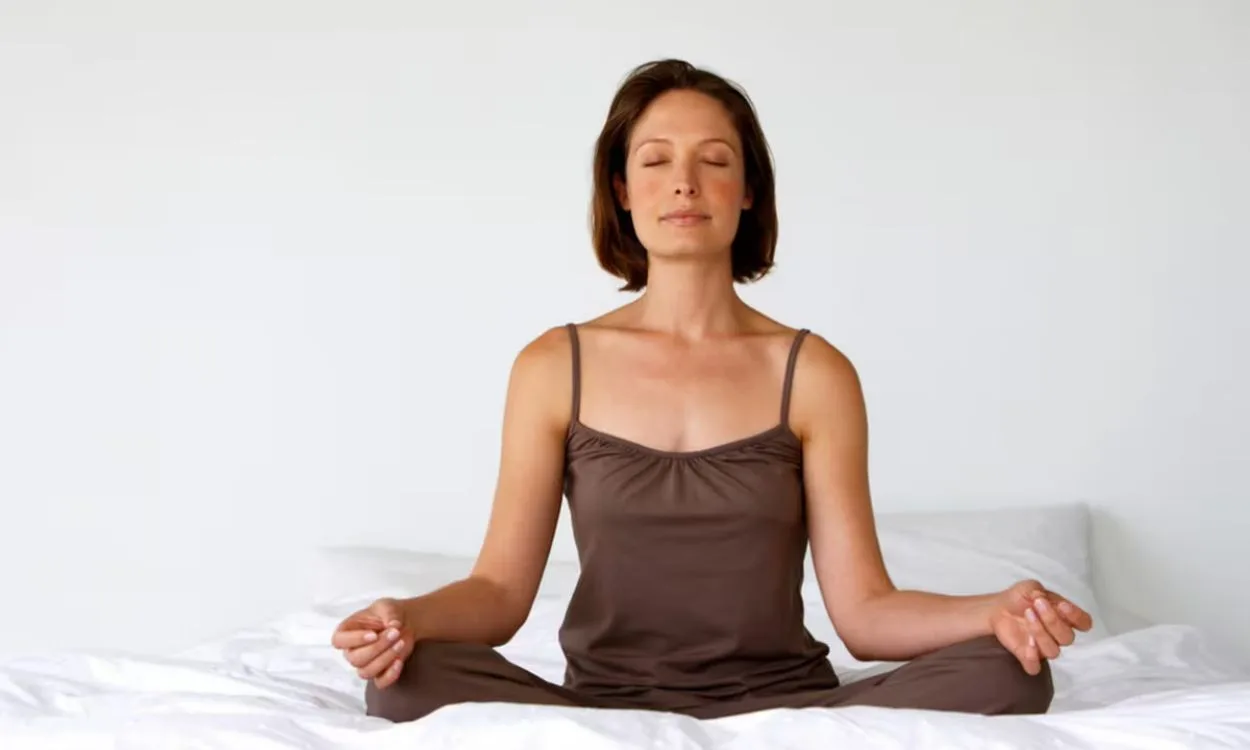We breathe continually, most of which we pay no thought at all. Still, this small deed might be a tool for both mental and physical health improvement. Breathwork meditation is the deliberate, conscious modification of your breathing rhythm meant to increase calm.
From lowering stress and anxiety to enhancing sleep and happiness, breathwork meditation has numerous documented advantages. It could also ease some physical disease symptoms.
Popular breathwork meditation techniques are alternating nostral breathing, box breathing, and 4-7-8 breathing.
Breathing meditation is what
Breathwork meditation is any method combining awareness with breathing exercises. Through breathwork meditation, you will deliberately and consciously alter your breathing pattern while focussing on the feelings that surface in your body.
Before bed, many individuals utilise breathwork meditation to deepen relaxation, sharpen concentration, and decompress.
How may breathwork meditation help
Combining breathwork with meditation lets you maybe gain from both approaches. Breathwork meditation helps people in mental, emotional, and physical spheres.
Read also: Confessions of an Artist: Brandon Locher.
Activities include breathwork meditation

Most breathwork programs combine mindfulness and meditation into their routines. Though certain forms of breathwork have been investigated more than others, no studies indicate that one breathwork approach is superior to another. You have to choose which breathwork meditation techniques fit you the best.
Four to seven eight breathing
In a 4–7–8 breathwork meditation, you inhale for 4 seconds, hold your breath for 7 seconds, then exhale for 8 seconds. This is said multiple times.
Different nostril breathing
Covering one nostril and then switching on each inhale and exhale is the basis of alternate nostral breathing. Anulom Vilom is a common alternative nostral breathing technique, a particular kind of pranayama—controlled breathing—in yoga.
Practicing Anums Vilom, inhale one nostril closed then hold the other nostral closed while you exhale. Several times reverse and repeat the process.
Bumblebee breath, or bramari pranayama
Known also as bumblebee breath, Bhramari Pranayama is inhaling deeply and producing a high-pitched buzzing sound as you exhale. Usually, breathwork instructors tell you to hum and then place your index fingers over your ear.
Breathing through a box
Box breathing calls for inhaling for four seconds, holding your breath for four seconds, exhaling for four seconds, then holding your breath once again for four seconds. As many times as you would like.
Buteyko breathing method, though
Konstantin Buteyko, a Ukrainian physician working in the 1950s, devised this breathing method. Through exercises requiring you to hold your breath for extended periods of time, the method—which is taught by certified teachers—helps you to breathe more gently and slowly.
The Buteyko Breathing Association advises at least five hours of in-person instruction and three times a day, for at least six weeks, doing the exercises for fifteen to twenty minutes.
Diaphragmatic breathing is...
Try diaphragmatic breathing for a basic breathwork mediter. It entails diaphragmizing and breathing.
Set one hand on your chest and the other hand on your stomach to learn diaphragmatic breathing. Breathe deeply, keeping your chest quiet and letting your belly fully stretch.
Beginning breathing techniques
Remember that a breathwork meditation practice is a skill if you are attempting one. Like any ability, practicing helps one to grow better. If you first have trouble focussing, that's normal; it will become better.
Try these to improve your breathwork meditation practice:
- Try many methods to determine which you like.
- Regular practice—every day, if at all possible—is essential.
- Close yours. This will enable you to concentrate on your breathing more effectively.
- Try a guided breathing exercise if you're not sure where to start. Guided breathwork meditations of different lengths abound on YouTube and Spotify.
- Try mindfulness applications, which frequently have guided breathwork meditations.
- You can discover a qualified breathwork practitioner online to support your path, even though you can design a great breathwork practice on your own.
Recall that everyone experiences breathwork meditation differently. Should you find yourself anxious, think about using alternative mindfulness strategies.
How differs breathwork from meditation
While meditation usually is watching your breath without trying to control it, breathwork is deliberately altering your breathing patterns.
Breathwork and meditation both include mindfulness—that is, the awareness of both internal and external sensations and the present instead of allowing one to become lost in running thoughts of the past or future.

